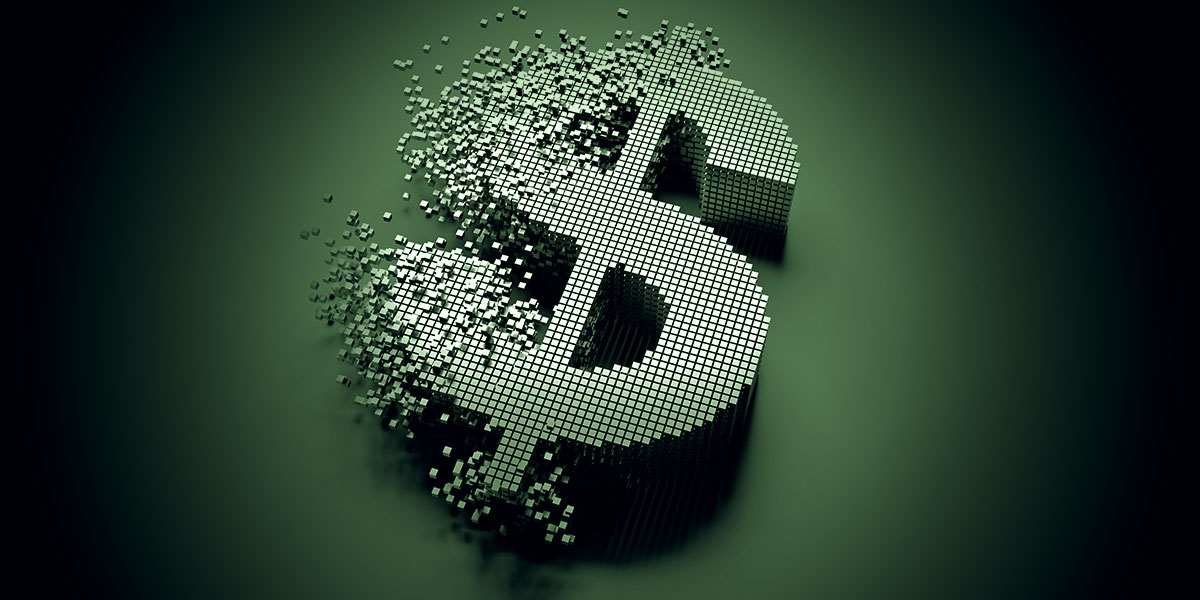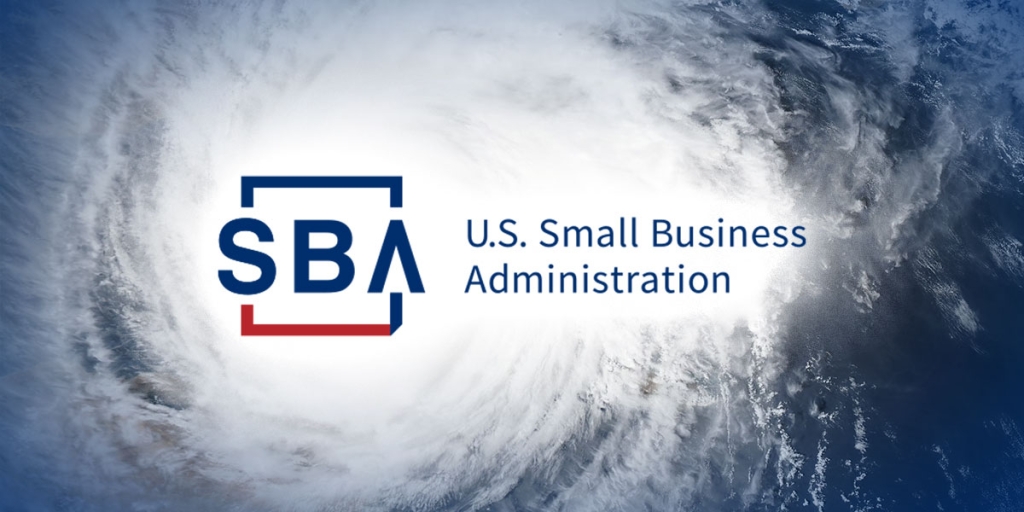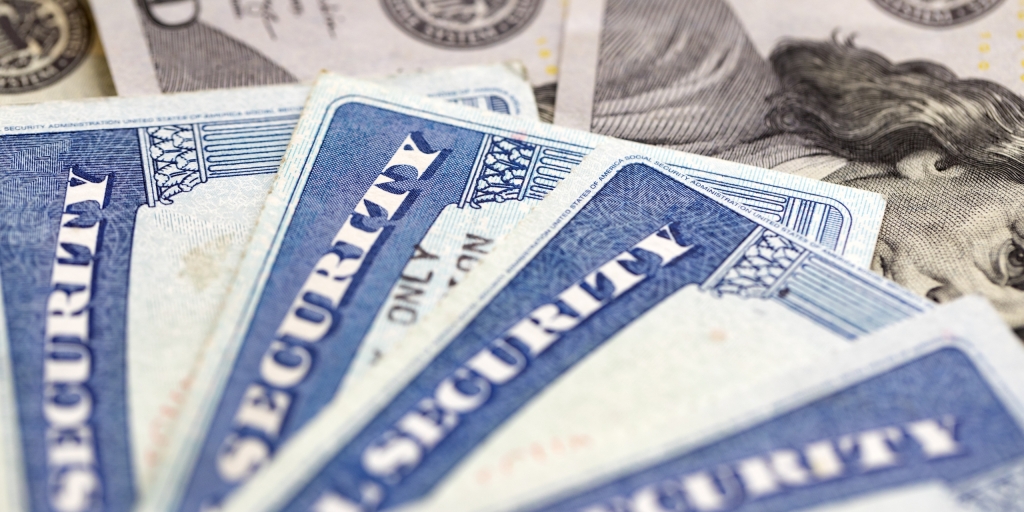The U.S. Treasury and the Federal Reserve are both investigating the potential for issuing a digital currency in the future in place of the dollar. A digital currency would create the new policy tools for stabilizing the economy but also poses great threats to privacy and personal freedom.
One natural question arising here may be what is truly new here. Banking already occurs mostly electronically and cryptocurrencies like Bitcoin exist. Indeed, today we have stablecoins, cryptocurrencies linked to reserve assets like the dollar or gold. Is this just another example of Uncle Sam getting to a party late due to the inexorably slow pace of political decision-making?
The U.S. government is not alone in exploring a digital currency. More than 60 countries are experimenting with what are being called central bank digital currencies, or CBDC. China has already introduced a digital yuan. Proponents of CBDC’s suggest they could lower transaction costs, the costs of carrying out market exchanges.
Electronic banking lowers transaction costs, which is valuable. Transaction costs are like friction in physics, and economists often ignore them, just like physics assumes frictionless tables and pullies. Yet over time, the reduction of transaction costs represents an important driver of increasing prosperity. Global supply chains, for example, are possible now due to lower transaction costs.
Yet we do not need a digitized dollar to accomplish this. We already have electronic banking and electronic payments. Life is already much better than when you had to go to the bank while it was open to withdraw cash to make purchases.
Money is crucially important in an economy; it is half of every exchange. It is in our interest to have “efficient” money. At one time many transactions had to be done using cash and there were no ATMs. If you had no cash on you, you might have to wait until your bank opened to make a purchase. Businesses had to send an employee (or armored car) to take cash to the bank.
Money and our current dollar allow decentralized exchanges, which has benefits, but also has costs. Cash creates risks of theft. But if you found someone willing to sell you something for $100 cash, you do not need a bank or a government bureaucrat’s permission to make the exchange.
Digital dollars create two ways for the government to potentially control our actions:
First, exchanges using digital dollars could be blocked by the authorities. The government already has considerable potential control; for example, payments between banks or through PayPal can be blocked. The Canadian government restricted the sending of money to the Freedom Convoy truckers earlier this year. Without cash, though, the potential exists to control all transactions.
Second, digital dollars could have expiration dates, or be reduced in value by the Federal Reserve. Money with an expiration date could vanish from your account if not spent. People could be forced to use their money or lose it.
An expiration date would create a new tool for monetary policy, namely negative nominal interest rates. A nominal interest rate is the official rate paid on savings or for a loan, not adjusted for inflation; the interest rate when adjusted for inflation is the real interest rate. The real rate is the nominal rate minus the inflation rate and can easily be negative.
Today nominal rates cannot go below zero because people have the option of holding cash, say by putting dollars in a mattress (or safe deposit box). This provides a zero nominal rate of return. A bank offering a negative 2% interest rate will see depositors withdraw their money; nominal rates cannot fall below zero.
Some macroeconomists see value in negative nominal interest rates under certain circumstances.
Monetary policy stimulates the economy primarily through lower interest rates, which lead to more borrowing and, according to the argument, more spending, perhaps lifting the economy out of recession. After the Great Recession, nominal interest rates were close to zero, with very low inflation as well. The Fed could not use monetary policy to boost the economy, which arguably contributed to the very slow recovery.
Business cycles and macroeconomics are not my area of research, so I will not debate the potential for easy money to stimulate the economy. Certainly other macroeconomists argue that the Fed’s ability to manage business cycles is quite limited, and that monetary policy sometimes makes cycles worse. The benefit to Americans of negative nominal interest rates as a policy tool is likely very small.
From a big picture perspective, we Americans – not the policy-making elite – should decide if we will have a digital dollar. Governments control money today, but they did not invent money.
Money is one of the economic institutions that evolved spontaneously in the market. People started using rocks or precious metals or other commodities to buy and sell because it made their lives easier and better – it reduced transaction costs. Money evolved in many forms in societies across the globe.
Governments took over money, which is now viewed as a component of national
sovereignty.
According to reports, more than 60 countries are exploring some form of Central Bank Digital Currency (CBDC). This is an important consideration for policymakers in Washington, who fear that another nation establishing a digital currency first could
supplant the dollar as the world’s reserve currency. The U.S., and particularly our
government, benefits from the dollar being used for almost 90 percent of international
settlements. Use as the international reserve currency boosts the dollar’s value and keeps interest rates low, which is particularly valuable with the national debt now exceeding $31 trillion.
Many people might think a digital dollar is similar to cryptocurrencies. Yet the first cryptocurrency, Bitcoin, was explicitly designed to provide an alternative to government monies, due to potential devaluation. The number of Bitcoin is set according to the blockchain and will eventually reach 21 million but no more.
The Federal Reserve and U.S. Treasury can increase the supply of dollars at will and
without limit, which would reduce the value of all dollars currently in circulation.
Dr. Daniel Sutter is the Charles G. Koch Professor of Economics with the Manuel H. Johnson Center for Political Economy at Troy University and host of Econversations on TrojanVision. The opinions expressed in this column are the author’s and do not necessarily reflect the views of Troy University.










